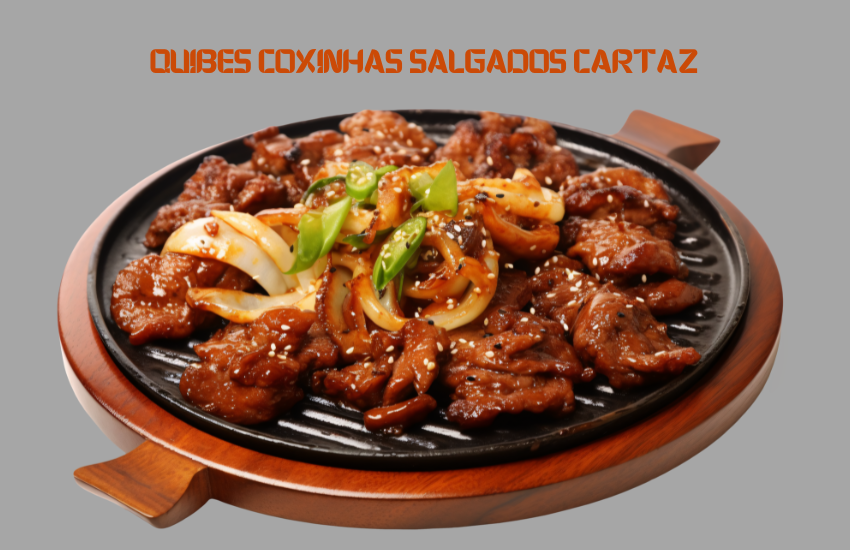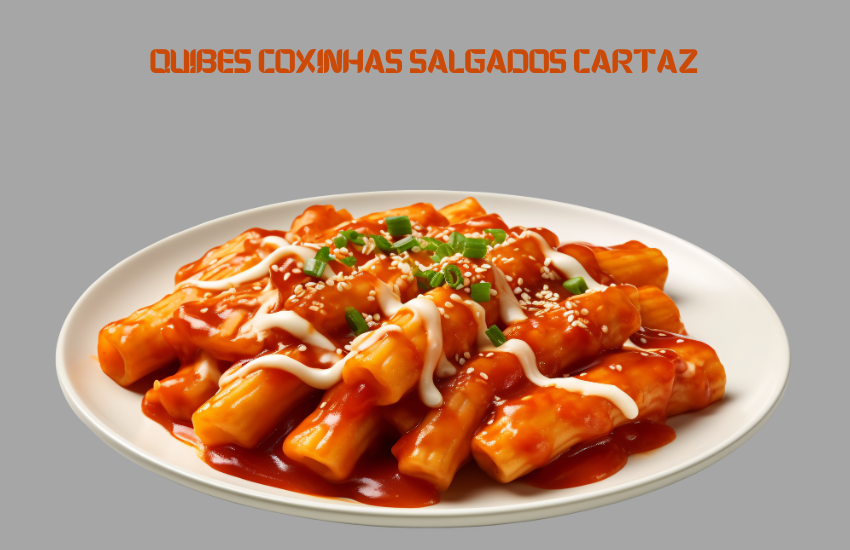Historical Roots of Brazilian Snacks
Indigenous and Colonial Influences
Before European colonization, Brazil’s indigenous peoples relied on native ingredients like cassava, corn, and tropical fruits. With Portuguese colonization in the 1500s, European techniques merged with indigenous practices, creating a unique gastronomic identity.
Early Development of Street Food in Brazil
Street food culture flourished due to economic and social changes. Vendors offered quick, affordable snacks, leading to the rise of salgados as essential parts of everyday life.
Origins of Quibes
Quibes: A Middle Eastern Influence
Quibes (kibes) originate from the Middle Eastern dish “kibbeh,” made with bulgur wheat, ground meat, and spices. Syrian and Lebanese immigrants brought quibes to Brazil in the late 19th and early 20th centuries.
Cultural Integration in Brazil
Brazilian cooks adapted quibes by deep-frying them and adding local seasonings. Today, quibes are a common snack found in bakeries, bars, and street markets.
How Quibes Became a Popular Brazilian Snack
Migration Waves from the Middle East
Massive immigration waves helped spread Middle Eastern dishes across Brazil, particularly in São Paulo, home to one of the world’s largest Lebanese diasporas.
Quibes in Brazilian Street Food Culture
Brazil’s street food scene embraced quibes for their rich, savory taste and convenience. They quickly became a best-seller alongside traditional salgados.
The Story of Coxinhas
The Royal Origins of Coxinhas
Legend has it that coxinhas were created in the 19th century for a Brazilian royal who loved chicken thighs. When none were available, a cook shaped shredded chicken into dough and fried it, creating the famous “little thigh.”
Evolving Recipes Over Time
What began as a luxury snack soon became affordable, thanks to its simple ingredients. Over the years, fillings expanded to include cheese, vegetables, and even sweet varieties.

How Coxinhas Became a National Favorite
Popularization through Street Vendors
Street vendors made coxinhas famous by selling them at fairs, bus stops, and markets. Their portability and savory filling made them a hit with the working class.
Coxinhas in Modern Food Trends
Today, coxinhas are celebrated globally, featured in international food festivals and modernized in gourmet food trucks and specialty bistros.
What Are Salgados?
Defining the Term “Salgados”
“Salgados” refers to savory snacks made from various doughs and fillings, including meat, cheese, and seafood. They are a cornerstone of Brazilian fast food.
Different Types of Salgados in Brazil
From deep-fried pastries to baked goods, salgados encompass a wide range of delicious snacks that vary by region and tradition.
Popular Varieties of Salgados
- Pastéis: Crispy, fried pockets filled with cheese, meat, or hearts of palm.
- Pão de Queijo: Chewy cheese bread made with cassava flour.
- Esfirras: Baked dough filled with meat or cheese, inspired by Middle Eastern pastries.
- Bolinhos de Bacalhau: Salt cod fritters with a crispy exterior and soft interior.
The Cartaz (Snack Poster) Tradition
Cultural Role of Snack Posters
Cartazes (posters) advertising salgados are cultural icons. These brightly colored, visually striking posters often feature tempting images of snacks, making them instantly recognizable.
Evolution of Snack Advertisement in Brazil
From hand-painted signs to glossy prints, snack posters have evolved but remain vital to marketing street food.
Impact of Quibes, Coxinhas, and Salgados Cartazes on Brazilian Culture
Brazilian street food and its iconic posters are symbols of cultural pride. They represent Brazil’s culinary diversity, appearing at street fairs, festivals, and even international expos.
Global Influence of Brazilian Snacks
Quibes and coxinhas have traveled far beyond Brazil, appearing in Latin American, European, and even North American eateries.
Conclusion
The history of quibes, coxinhas, and salgados cartazes showcases Brazil’s rich cultural and culinary heritage. These iconic snacks have evolved while preserving their authentic roots, continuing to delight food lovers worldwide.
FAQs
- What is the origin of quibes?
Quibes originated from Middle Eastern kibbeh, brought to Brazil by Lebanese immigrants. - How did coxinhas get their name?
“Coxinha” means “little thigh,” referring to its original shape resembling a chicken leg. - What are the most popular salgados in Brazil?
Popular salgados include coxinhas, pastéis, pão de queijo, and bolinhos de bacalhau. - Why are snack posters (cartazes) important?
They visually attract customers and reflect Brazil’s food culture. - How did Middle Eastern food influence Brazil?
Immigration from Lebanon and Syria introduced dishes like quibes and esfirras. - Where can I try authentic Brazilian snacks?
Visit Brazilian bakeries, street markets, and specialized restaurants worldwide.


